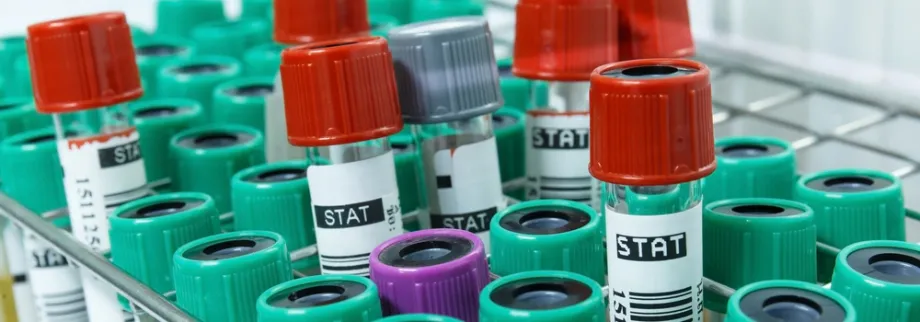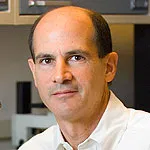
Graphic image by Komsan Loonprom, Shutterstock.
Stanford Medicine Scope - July 27th, 2016 - by Jennifer Huber
Hanadie Yousef, PhD, studies how the body ages — first as a graduate student at UC Berkeley and currently as a postdoctoral research fellow at Stanford with her mentor, Tony Wyss-Coray, PhD, professor of neurology.
Her current anti-aging research is based on a study performed at Stanford in the laboratory of Thomas Rando, MD, PhD, professor of neurology and neurological sciences. In the 2005 study, researchers surgically connected the circulatory systems of a young and old mouse. Within a few weeks, the young mouse’s blood began rejuvenating the tissues in the old mouse. Specifically, the young blood rejuvenated organ stem cells in the brain, muscle and liver of the old mouse. When activated, these adult stem cells fend off aging by replenishing depleted cells and regenerating damaged tissues.
Subsequent studies by the Wyss-Coray lab and others have shown that organ stem cells retain their regenerative capacity, but the biochemical cues that control their function change with age — causing the abandonment of tissue maintenance and repair in the elderly. This can be overcome by injecting young blood to enhance the adult stem cells’ environment.
“In graduate school, I became fascinated with the idea that adult tissues could be rejuvenated by their tissue-specific stem cells, which severely decline in function as we grow old,” said Yousef. “So I wanted to understand the molecular mechanisms underlying this decline.”
Specifically, Yousef examined a molecule called transforming growth factor-beta 1 (TGF-β1). “In young people, TGF-β1 exists at lower levels around stem cells and helps regulate tissue regeneration. However, elevated levels of TGF-β1 in the stem cell microenvironment in older people promotes inflammation and prevents stem cell activity, causing decline in tissue function,” Yousef said.
As a graduate student, to help find a potential treatment, she tested a cancer drug called Alk-5 kinase inhibitor, which decreased the levels of TGF-β1 signaling to stem cells, increasing stem cell activity — when systematically injected into aged mice.
“The control old mice had extensive scar tissue following muscle injury, while the old mice that got the Alk-5 inhibitor were systematically able to generate new muscle fibers almost as well as young animals,” Yousef said. “Additionally, we saw that the inhibitor could cross the blood-brain barrier and act locally on neural stem cells to enhance the formation of new adult neurons in the hippocampus, the part of the brain important for learning and memory function that severely declines with age.”
The Berkeley scientists are now considering ways to evaluate the drug’s efficacy in humans. The hope is to be able to inject a drug, like the Alk-5 inhibitor, to prevent the onset of multiple diseases associated with aging, including Alzheimer’s.
And Yousef is continuing her anti-aging research at Stanford. “I now study the opposite effect: what does old blood do to young brain function?” Yousef said. “We’ve seen that aged blood plasma is more pro-inflammatory than young blood plasma, and it contributes to increased brain inflammation and inhibited neural stem cell function with aging.”
So young blood improves brain function, whereas old blood impairs it. Does this mean that young blood can be injected into older patients to treat degenerative brain disorders like Alzheimer’s? According to Yousef, the answer is:
Potentially, yes! In our lab, my colleagues have shown that young blood can improve brain function in Alzheimer’s mice models, and their results will be published soon. Based on these studies, there is an ongoing clinical trial at Stanford, called the Plasma for Alzheimer’s Symptom Amelioration study, in which Alzheimer’s patients receive young blood transfusions to see if this can reduce the severity of disease progression.
A lot of research is needed before a successful treatment is found for Alzheimer’s, but understanding the rejuvenating factors in young blood may be a key step. “We’re working intensively to find out what those factors might be and from exactly which tissues they originate,” said Wyss-Coray in an earlier news release.


